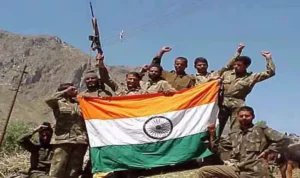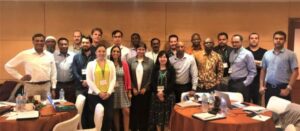Greenland, with its unique geographic features, rich natural resources, and strategic geopolitical position, plays an important role in global issues ranging from climate change to international relations. For UPSC aspirants, understanding Greenland’s environment, history, economy, and political dynamics is crucial for mastering topics related to global governance, geography, and sustainability. The challenges faced by Greenland in balancing development with environmental conservation also provide valuable lessons in sustainable development and international cooperation.









